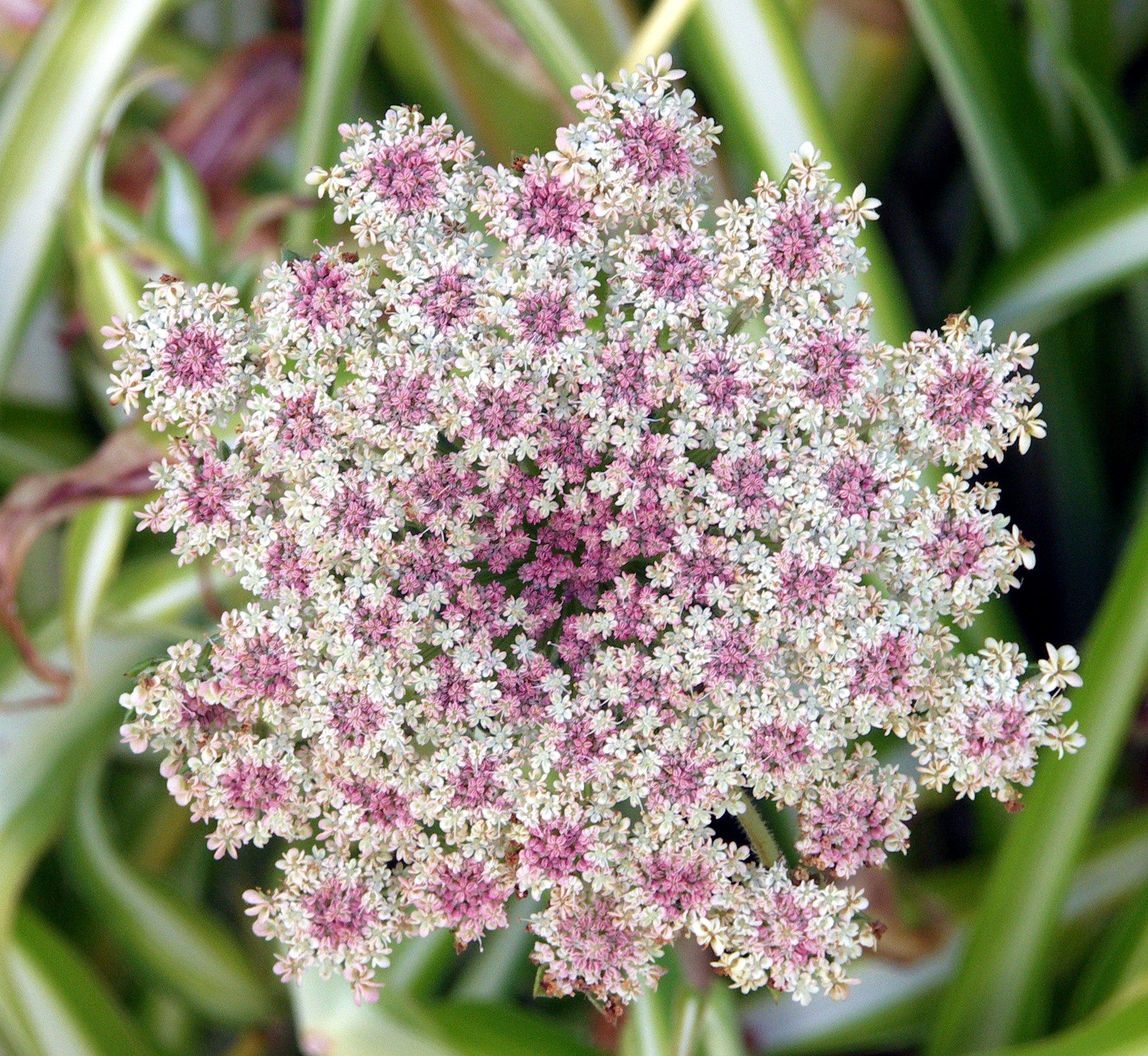Here's something that has really inspired me!
We all know that chlorine is highly toxic to life, it is used to stop bacteria and algae from growing in swimming pools.
Managed properly, natural swimming pools have crystal clear water and require no chemicals to maintain, as they are self-cleaning mini-ecosystems.
The use of aquatic plants to absorb the nitrates in the water keep it from stagnating!
more info here
Daniel Tohill at www.sustainablehabitats.co.nz has built a couple around New Zealand.
Food forests and gardens
The food forest gardening approach is the creation of systems which are productive and abundant yet which require very little maintenance. It is entirely possible to design and plant a forest which, within a relatively short period of time is productive and relatively self-maintaining.
By exploiting the premise of companion planting, trees, shrubs and herbs can be intermixed to grow on multiple levels in the same area, as do the plants in a forest.
We can consciously apply the principles of ecology to the design of home scale gardens that mimic forest ecosystem structure and function, but at the same time grow food, fuel, fiber, fodder, fertilizer and medicine.

By exploiting the premise of companion planting, trees, shrubs and herbs can be intermixed to grow on multiple levels in the same area, as do the plants in a forest.
We can consciously apply the principles of ecology to the design of home scale gardens that mimic forest ecosystem structure and function, but at the same time grow food, fuel, fiber, fodder, fertilizer and medicine.

Sunday, April 25, 2010
Asteraceae
The Asteraceae or Compositae, ("aster" means "star") also referred to as the aster, daisy, or sunflower family, is the largest family of vascular plants. Vascular plants are those containing lignin in their stems. Lignin is one of the most slowly decomposing components of dead vegetation, contributing a major fraction of the material that becomes humus as it decomposes. This obviously makes these plants excellent for mulch.
This family includes medicinal plants such as arnica, burdock, boneset, calendula, chamomile, chicory, mug/cronewort, coltsfoot, dandelion, echinacea, elecampane, feverfew, goldenrod, gravel root, grindelia, liferoot, milk thistle, tansy, yarrow, valerian, wormwood, and wild lettuce.
It offers us delicious foods: sunflower seeds, lettuces, true artichokes, sun chokes (also known as jerusalem artichokes), escarole, and endive. And, it is one of the landscaper's favorite families, for many Asteraceae--such as chrysanthemums, dahlias, bachelor's buttons, daisies, cosmos, coneflowers, goldenrods, sunflowers, zinnias, and, of course, asters--bloom for months with colorful hardy flowers, and many are perennial, too.
The older name for this family tells the tale more clearly: Compositae. Each bloom is composed of hundreds of tiny flowers. With a hand lens, you can look closely at an Asteraceae blossom and see the many tiny flowers crowded together that make up the larger "flower."
This family includes medicinal plants such as arnica, burdock, boneset, calendula, chamomile, chicory, mug/cronewort, coltsfoot, dandelion, echinacea, elecampane, feverfew, goldenrod, gravel root, grindelia, liferoot, milk thistle, tansy, yarrow, valerian, wormwood, and wild lettuce.
It offers us delicious foods: sunflower seeds, lettuces, true artichokes, sun chokes (also known as jerusalem artichokes), escarole, and endive. And, it is one of the landscaper's favorite families, for many Asteraceae--such as chrysanthemums, dahlias, bachelor's buttons, daisies, cosmos, coneflowers, goldenrods, sunflowers, zinnias, and, of course, asters--bloom for months with colorful hardy flowers, and many are perennial, too.
The older name for this family tells the tale more clearly: Compositae. Each bloom is composed of hundreds of tiny flowers. With a hand lens, you can look closely at an Asteraceae blossom and see the many tiny flowers crowded together that make up the larger "flower."
Apiaceae (or Umbelliferae)
The Apiaceae or Umbelliferae is a family of usually aromatic plants with hollow stems, commonly known as umbellifers. It includes cumin, parsley, anise, carrot, coriander, dill, caraway, fennel, parsnip, celery, Queen Anne's lace and other relatives. It is a large family with about 300 genera and more than 3,000 species.
The cultivated plants in this category are almost all considered good companion plants, as the umbrella of tiny flowers attracts omnivorous beneficial insects, especially ladybugs, parasitic wasps and predatory flies, which then will hunt insect pests on nearby crops.
The root of these plants is a tap root so it will generally be non-competitive in the garden.
Here's an excellent selection of plants with many uses. The sky is the limit!
The cultivated plants in this category are almost all considered good companion plants, as the umbrella of tiny flowers attracts omnivorous beneficial insects, especially ladybugs, parasitic wasps and predatory flies, which then will hunt insect pests on nearby crops.
The root of these plants is a tap root so it will generally be non-competitive in the garden.
Here's an excellent selection of plants with many uses. The sky is the limit!
Subscribe to:
Comments (Atom)











